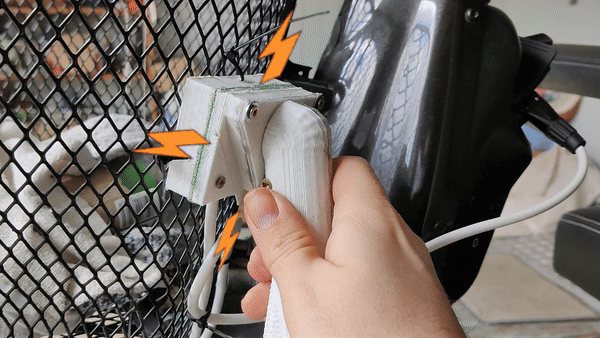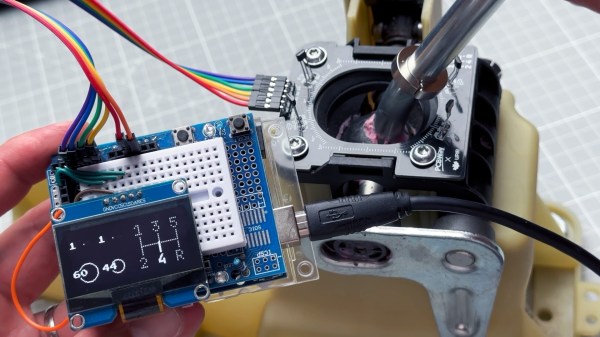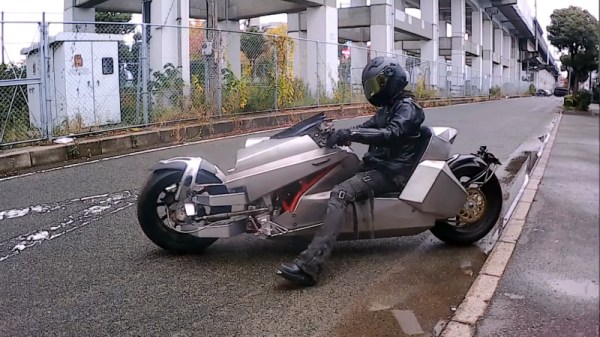The custom car phenomenon is as old as the second-hand car, yet somehow the decades which stick in the mind as their heyday are the 1960s and 1970s. If you didn’t have a dune buggy or a van with outrageously flared arches and an eye-hurting paint job you were nothing in those days — or at least that’s what those of us who were too young to possess such vehicles except as posters on our bedroom walls were led to believe. Periscope Films have put up a period guide from the early 1970s on how to build your own dune buggy, and can we just say it’s got us yearning to drive something just as outrageous?
Of course, auto salvage yards aren’t bursting with Beetles as donor cars in 2024, indeed the accident-damaged model used in the film would almost certainly now be lovingly restored instead of being torn apart to make a dune buggy. We’re taken through the process of stripping and shortening the Beetle floorpan, for which we’re thankful that in 2024 we have decent quality cutting disks, and watching the welder joining thin sheet metal with a stick welder gives us some serious respect for his skills.
Perhaps the part of this video most likely to raise a smile is how it portrays building a car as easy. Anyone who has ever hacked a car to pieces will tell you that’s the easy part, and it’s the building something from the pile of rusty parts which causes so many projects to fail. But given an accident damaged Beetle and a buggy kit in 1972 would we have dug in and given it a try? Of course!
We’ve touched on the Beetle’s hackability in the past, but some of us believe that the crown of most hackable car rests elsewhere.
Continue reading “Retrotechtacular: Build Your Own Dune Buggy, 1970s Style”


















